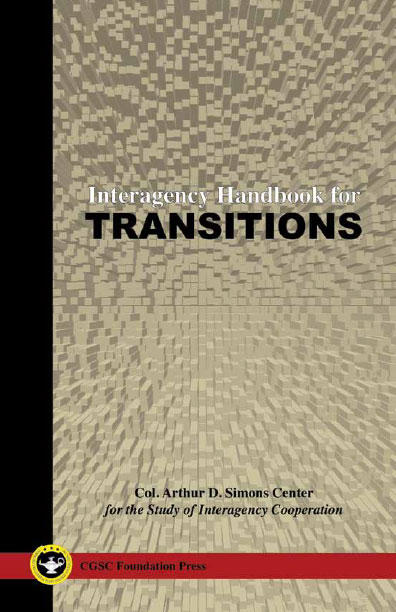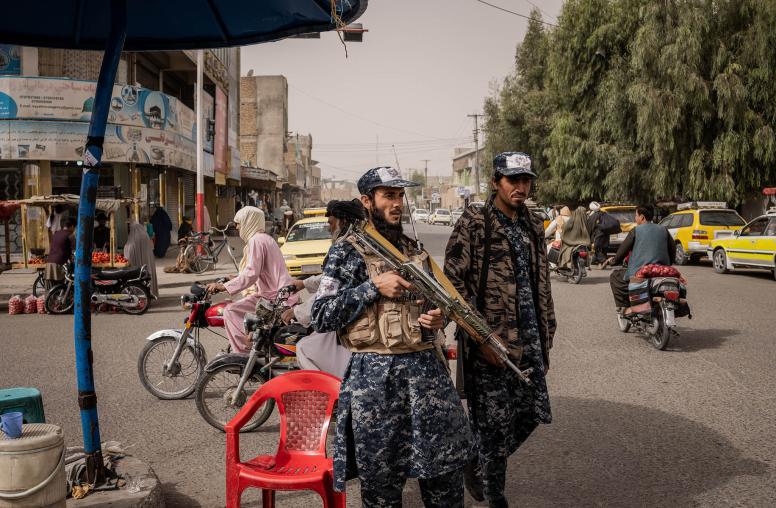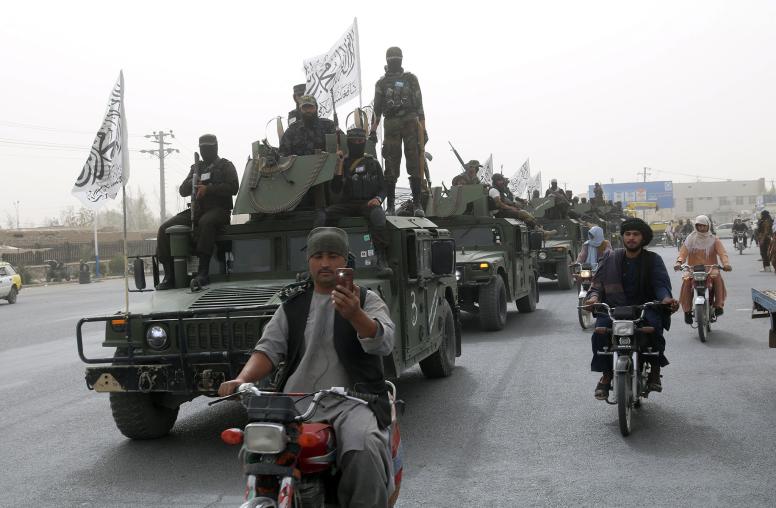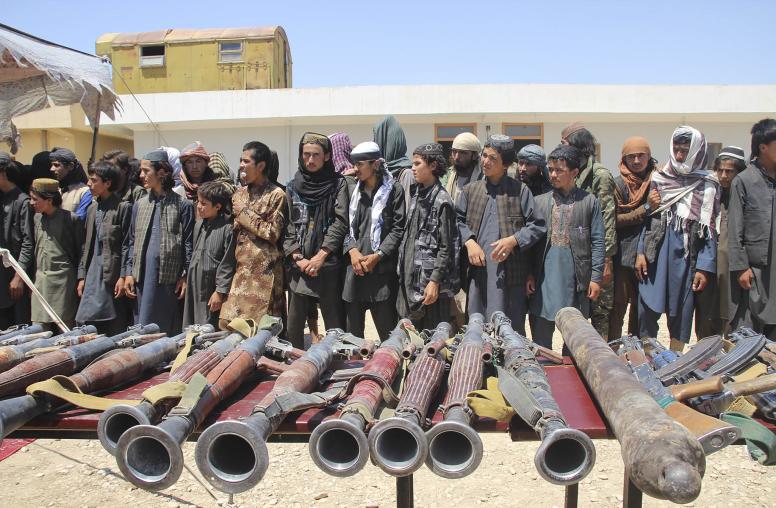USIP and the U.S. Army Team Up For How-To Guide on Stability Operations
The United States Institute of Peace, the Simons Center for the Study of Interagency Cooperation and the U.S. Army Combined Arms Center got together to discuss challenges and lessons learned from more than a decade of stability operations.

The last troops are leaving Iraq and the U.S. has begun to see the light at the end of the tunnel in Afghanistan as NATO begins to transfer the bulk security responsibility to the Afghan government in 2014. The need to focus on how to plan for transitions from post-conflict environments has become key, but they are fraught with complexities that require vision, planning and know-how.
The United States Institute of Peace, the Simons Center for the Study of Interagency Cooperation and the U.S. Army Combined Arms Center got together to discuss these challenges. The result was a how-to guide that addresses the variety of perspectives from different people in different places in government, and attempts to incorporate those lessons learned from more than a decade of stability operations to give those individuals who confront these issues in the future a manual to help them achieve a smooth transition to peace.
“This handbook was the result of a very special partnership between the U.S. Army Combined Arms Center and the United States Institute of Peace, meant to focus on the immense challenges we confront when we attempt transitions from war to peace in Iraq, Afghanistan and other countries,” said Lt. Gen. Robert L. Caslen, Jr., former commanding general of the Combined Arms Center at Fort Leavenworth, Kansas.
“Our institutions are both learning organizations. Both embrace and attempt to incorporate the lessons we learn from our current missions so we avoid missteps in future ones. That’s what this manual does,” he said. “This is critical, because if we don’t, we are doomed to reinvent the wheel again and again.”
- Visit The Simons Center to learn more [external link]
- Building Peace and a Partnership with the Military
On the Issues by Paul Hughes



